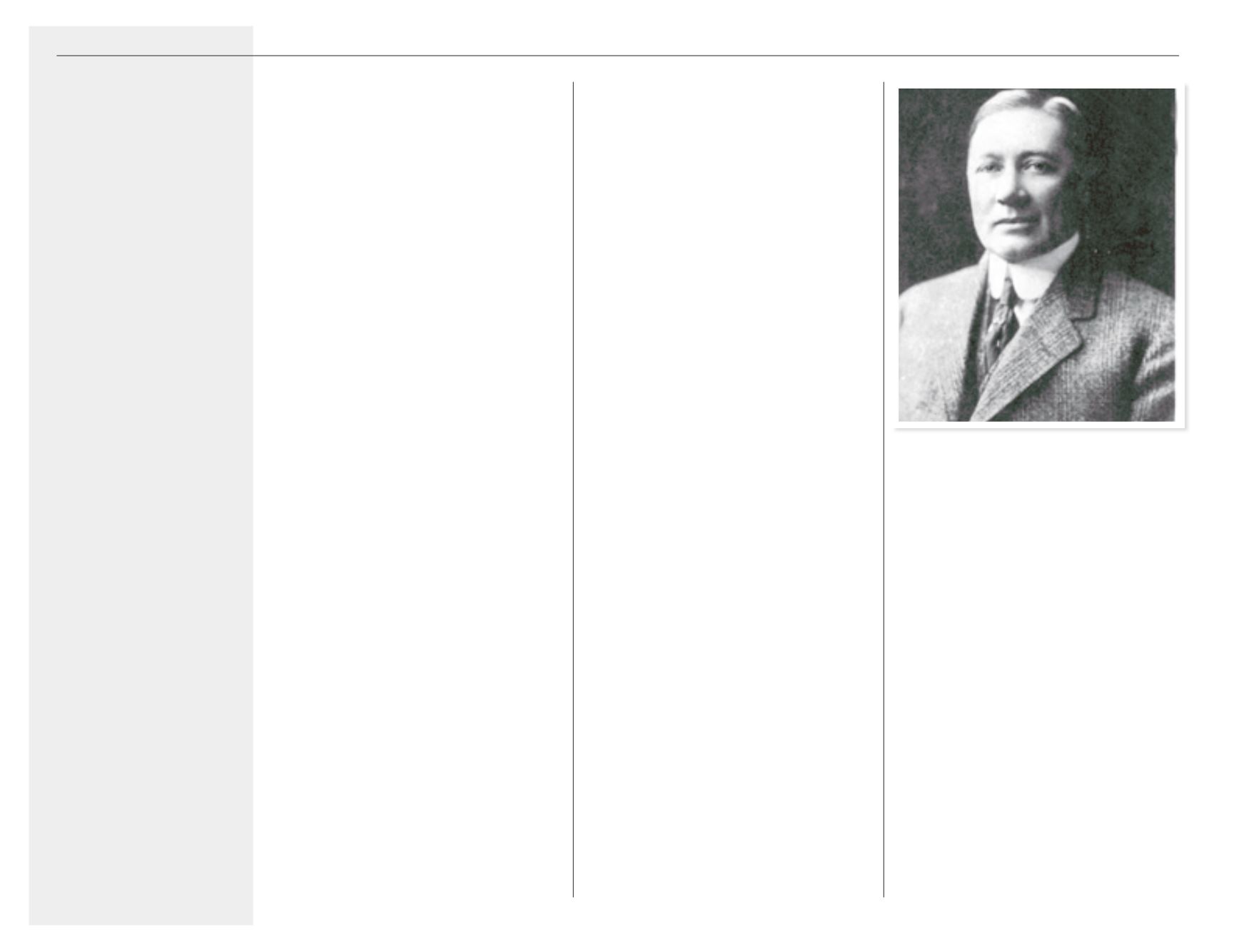

A
dvancing
T
he
K
ingdom
: K
ingdom
H
ouse
Methodist women actively sought to
involve themselves in the Mission work
that settlement houses addressed:
Wednesday, March 23, 1898, at a called
meeting of the Society…Desultory but eager
discussion was heard, of the urgency of
this Woman’s Parsonage &. Home Mission
Society doing mission work in this City.
April 1898 meeting…A committee of
one from St. John’s Aux. appeared before
the Board, with petition that the Ex. Board
take steps to interest all auxiliaries in some
definite mission work in the City; and this
com. of one was instructed to report to
her aux. that the Board had such a project
in view. It was moved and adopted that a
committee be appointed to make inquiry as
to the practibility [sic] of adopting the work
of the Niedringhaus Mission.
5
Mr. W. F. Niedringhaus, a St. Louis
businessman, offered the Societies the
building in which he had conducted
a mission for several years. His offer
was good for one year, but contingent
upon success. The women were
extremely supportive of the venture,
suggesting how an “industrial school”
could be started in the mission, as
well as how much money needed
to be raised before any action could
be taken. By the October 5 meeting,
“some complications had arisen,” but
the “resolution to appoint a committee
to wait on Mr. White, preacher in
charge, and to come to a definite
understanding, was adopted.” The
Board met the following month, and a
City Missionary – Mrs. Gross Alexander
– was appointed to carry out provisions
of a contract drafted between her and
the City Board. The Reverend Mr. Stultz
placed his church membership with the
Niedringhaus Mission and offered his
services as pastor without remuneration.
Despite the enthusiasm and assistance
of the Woman’s Parsonage & Home
Mission Society, the connection between
the Society and Mission lasted barely a
year. From 13 December 1899
Minutes
:
“Mrs. Andrews [will] write Mrs. Harris
the Treasurer of Niedringhaus Mission
concerning money due the Conf[erence]
Board from said Treasurer, the Mission
having been closed in Oct[tober] and the
debt still not liquidated.”
6
Unfortunately the minutes do not
specifically relate why the Mission did
not succeed. Ruth Hagedorn’s thesis
indicates the Mission failed for want
of assistance.
7
The Secretary’s Report
of the Seventh Annual Report of the
Women’s Board of City Missions of the
Methodist Episcopal Church, South,
1908-09 does thank “Niedringhaus
Graniteware Co. for a full equipment
of graniteware cooking utensils.” The
Niedringhaus family, even though the
mission connected to their name failed,
was concerned with helping a decade
later with the ministry at Kingdom
House.
The Niedringhaus Mission was
not the first attempt to establish a city
mission under the supervision of the
Woman’s Home Mission Societies.
Another venture had apparently been
attempted as early as 1893, when a
Mrs. Margaret Skinner was employed
as city missionary to direct a mission at
823 S. Sixth Street. After outgrowing
these facilities, the mission moved to
a Presbyterian Chapel and then again
to Twelfth Street and Park Ave. It is
unclear why the work was discontinued.
8
Although their early attempts at
establishing a City Mission in St. Louis
were not successful, the women of the
Society continued to search for ways
they could minister to those they saw in
need in neighborhoods close by.
At the same time the Woman’s
Home Mission Societies were actively
encouraging missionary efforts in
the city of St. Louis, a prominent
businessman was also searching for a
way to support the neighborhood where
his shoe factory and its employees
P
hoto
:
A:
William Moffatt Sloan
A
lthough
their
early
attempts
at
establishing
a
C
ity
M
ission
in
S
t
. L
ouis were not
successful
,
the women
of
the
[W
oman
’
s
P
arsonage
& H
ome
M
ission
] S
ociety
continued
to
search
for
ways
they
could minister
to
those
they
saw
in
need
in neighborhoods
close
by
.
4
A















